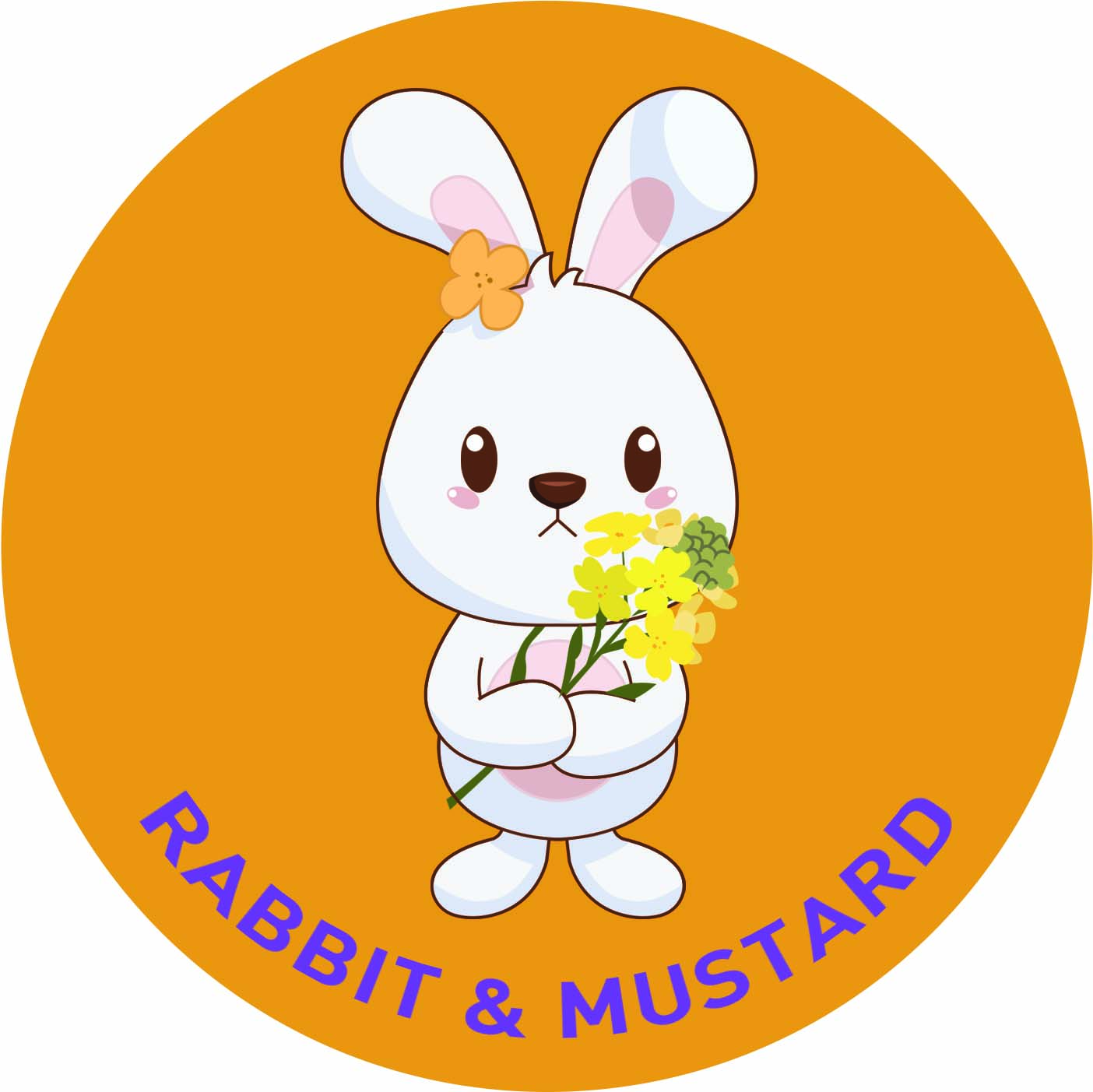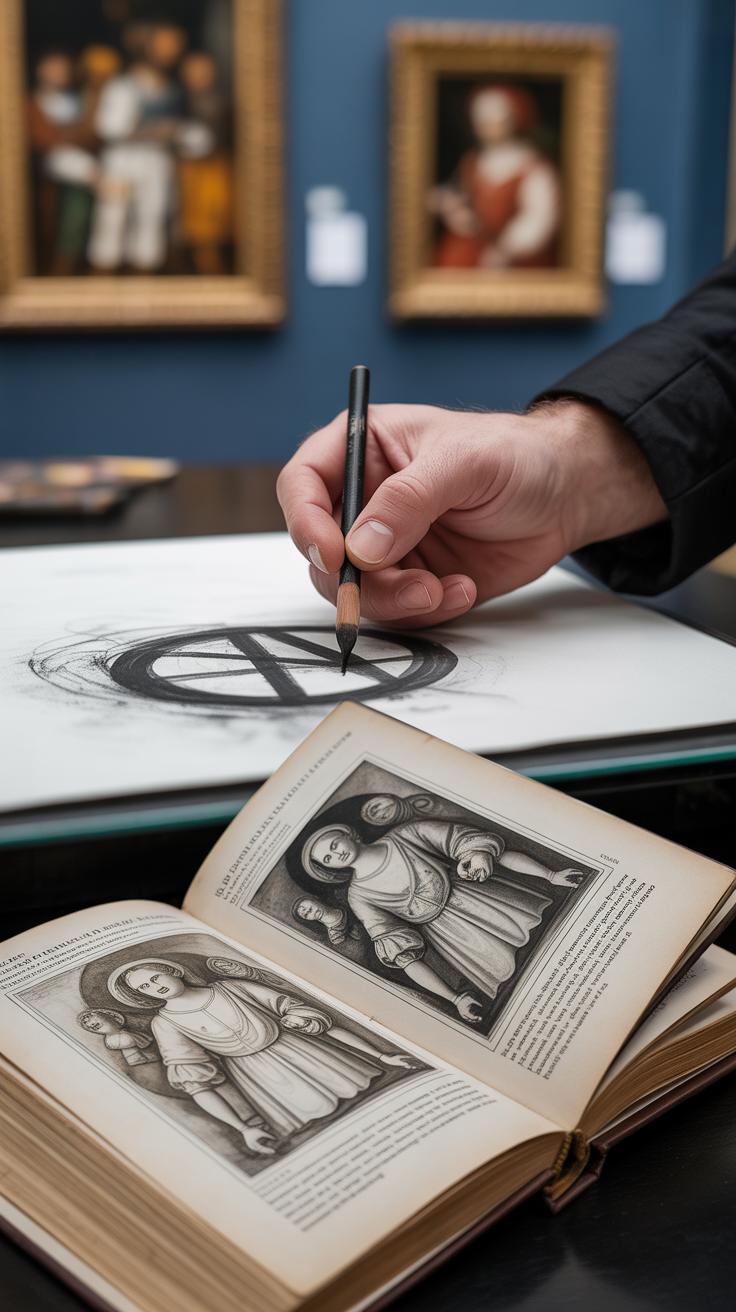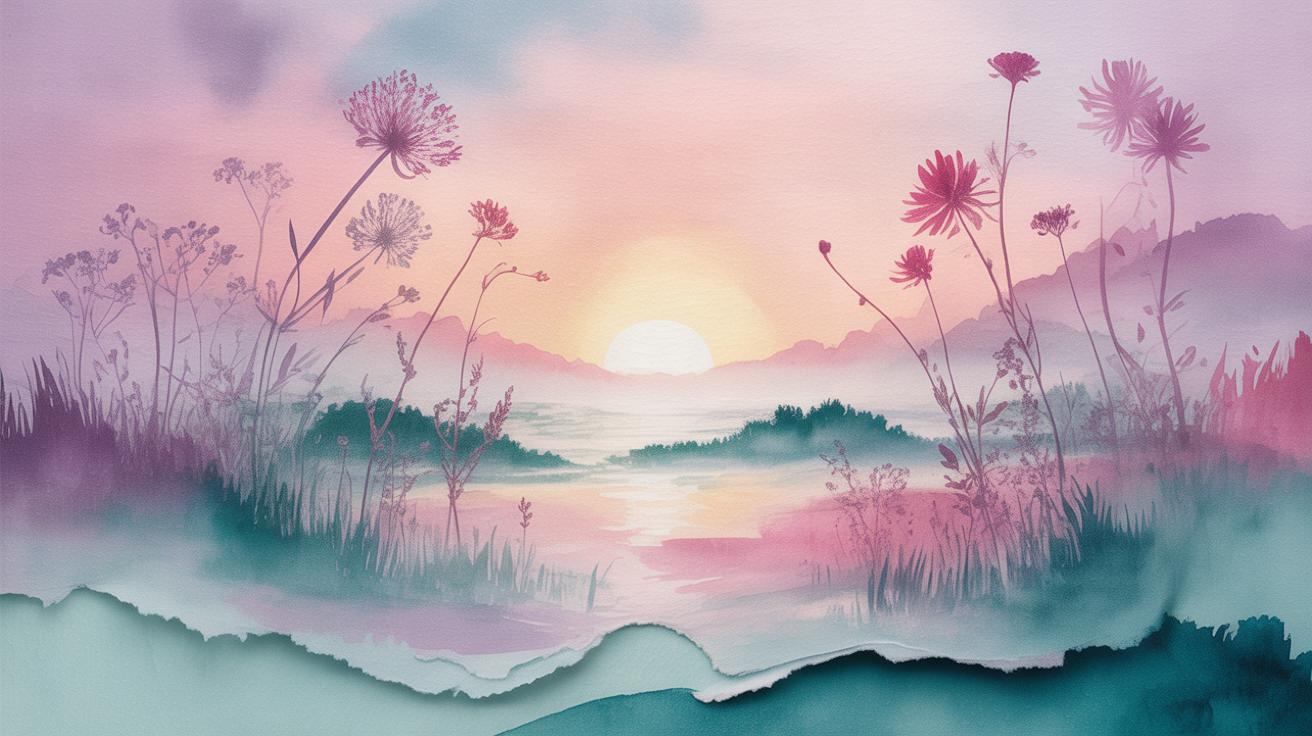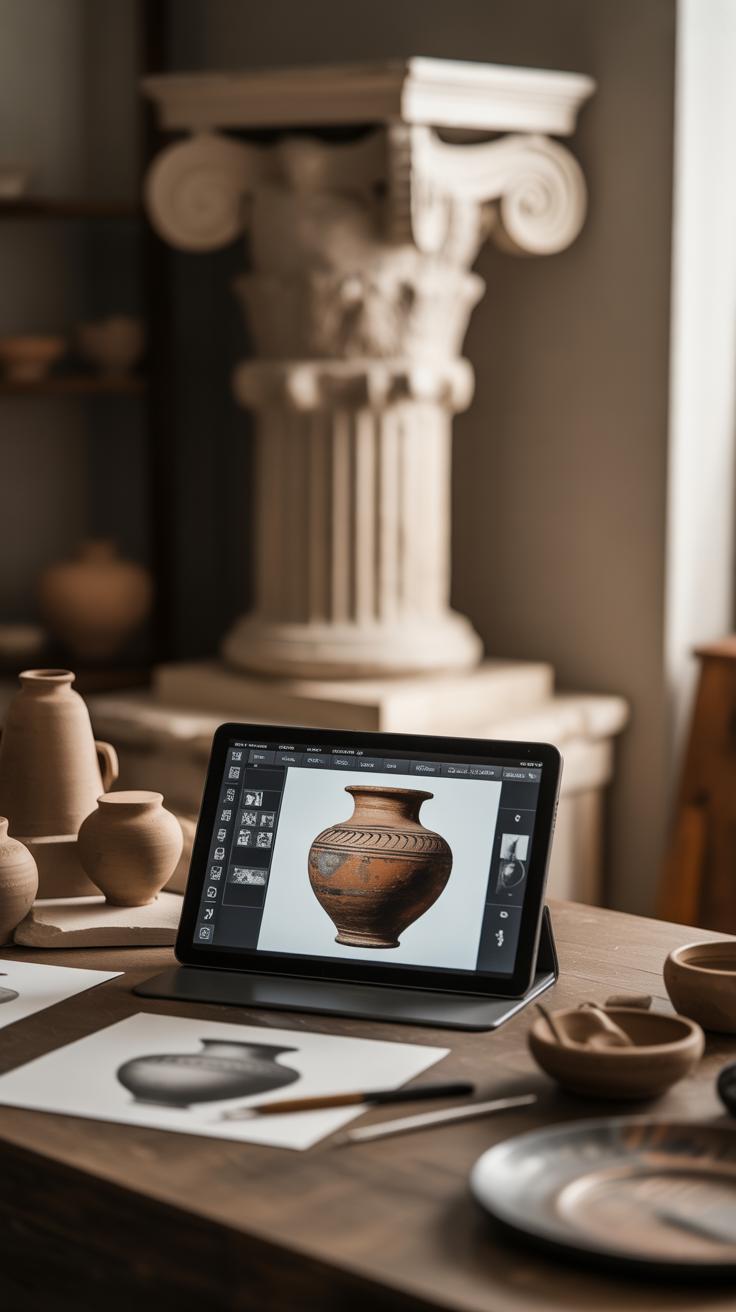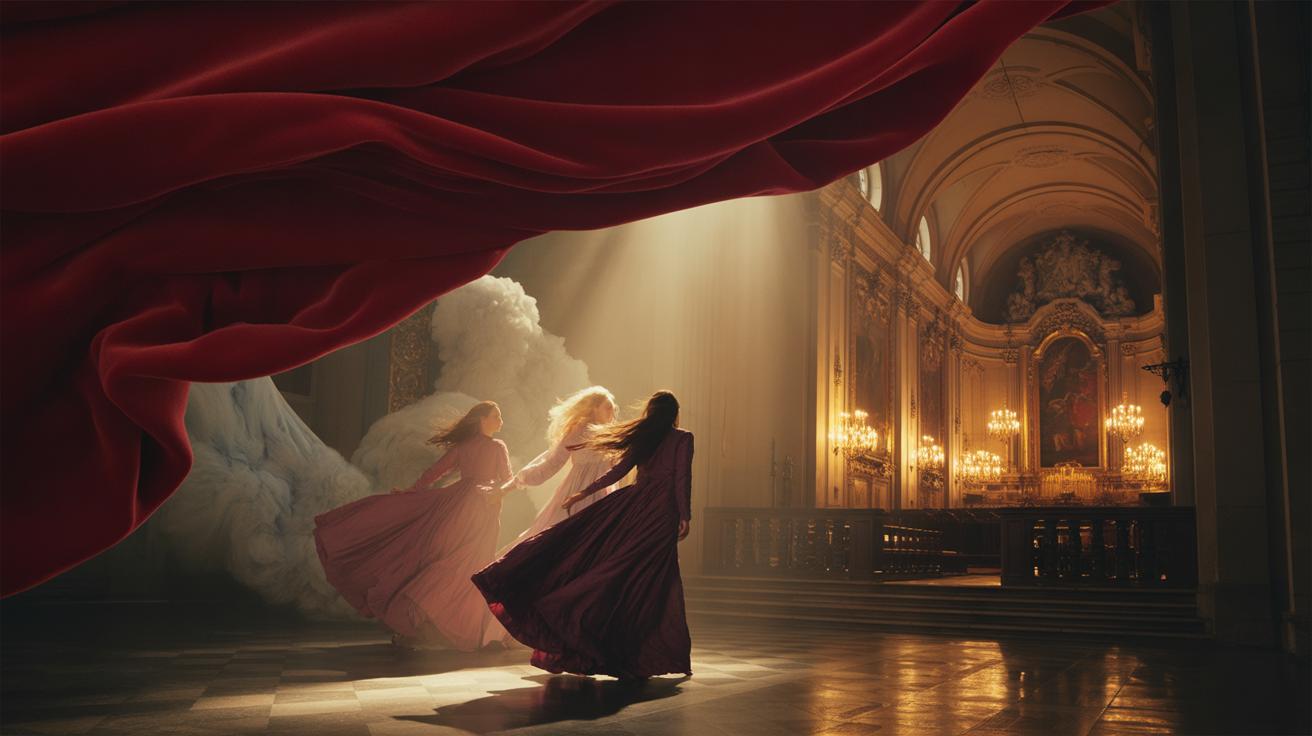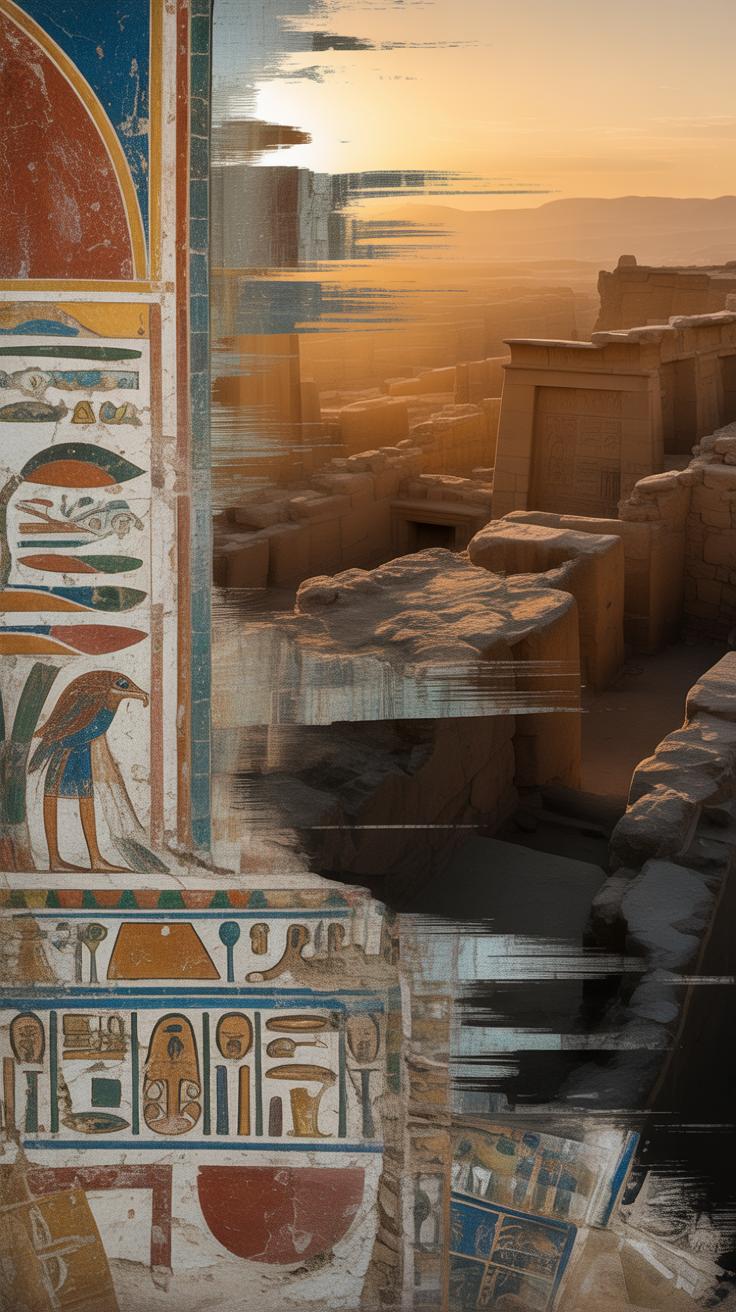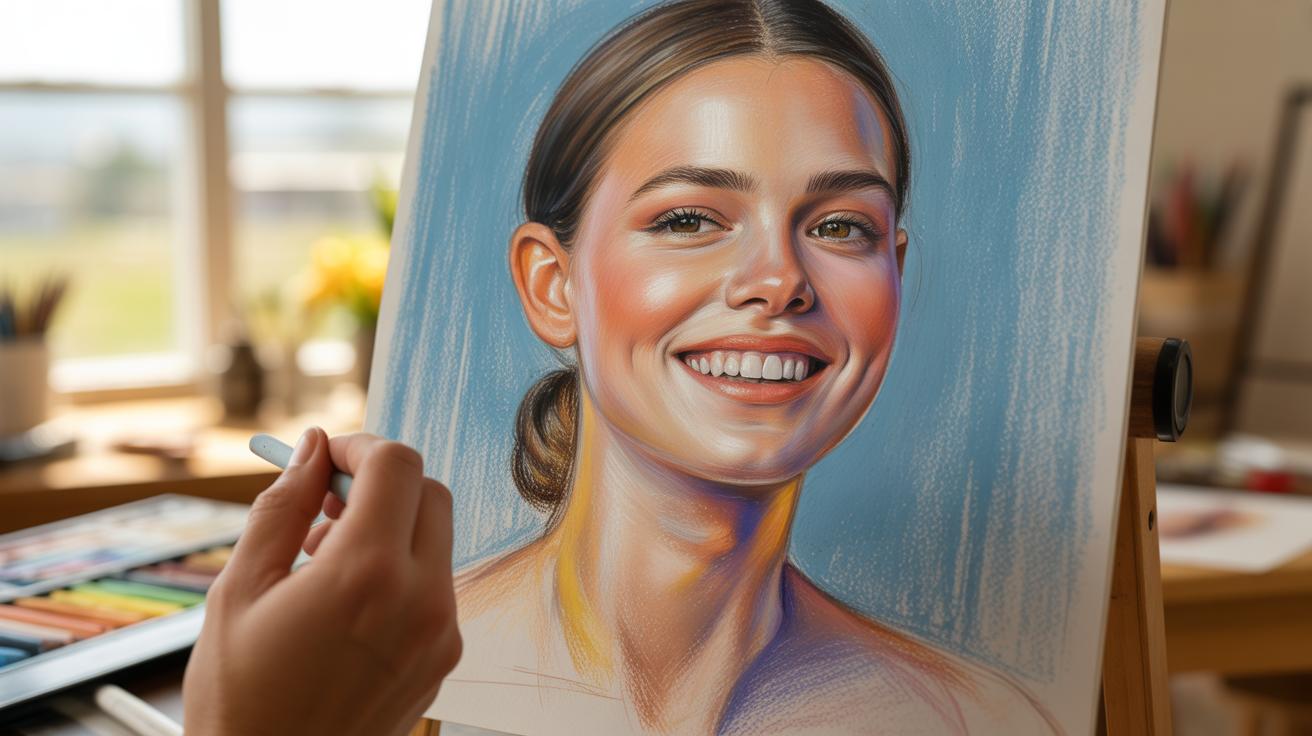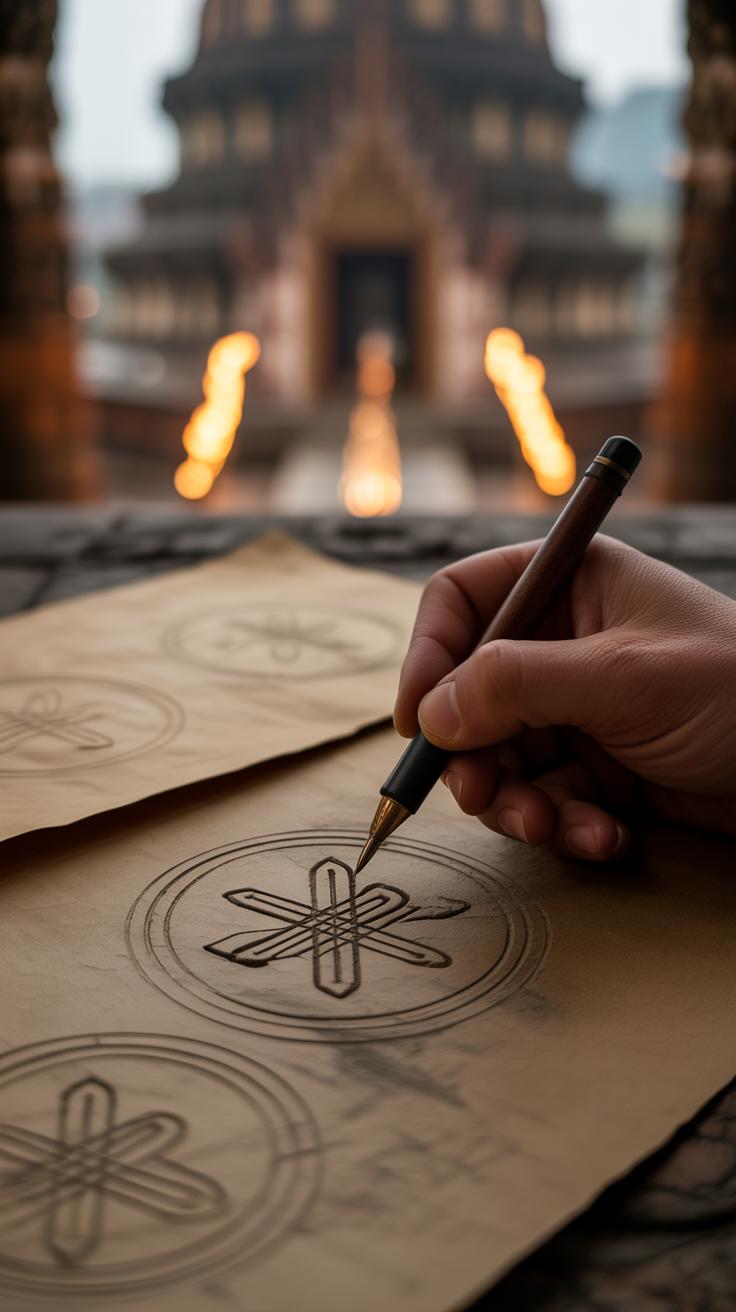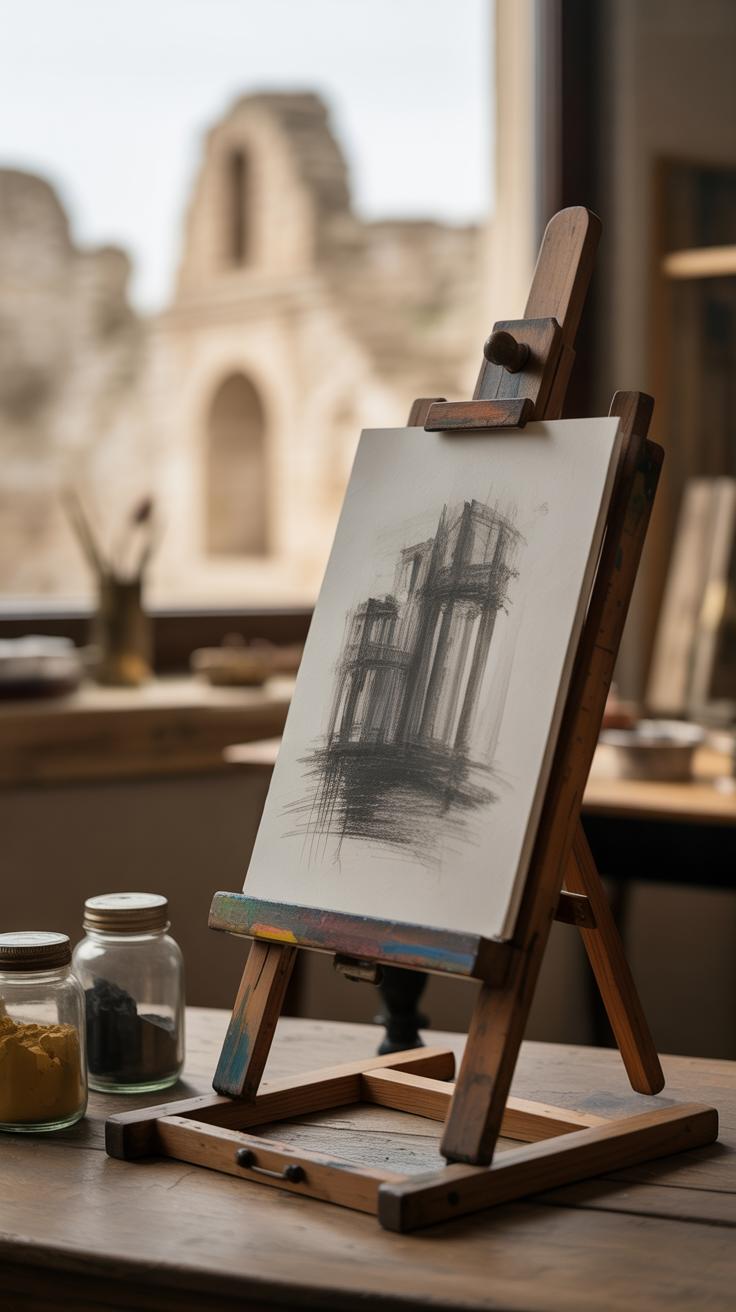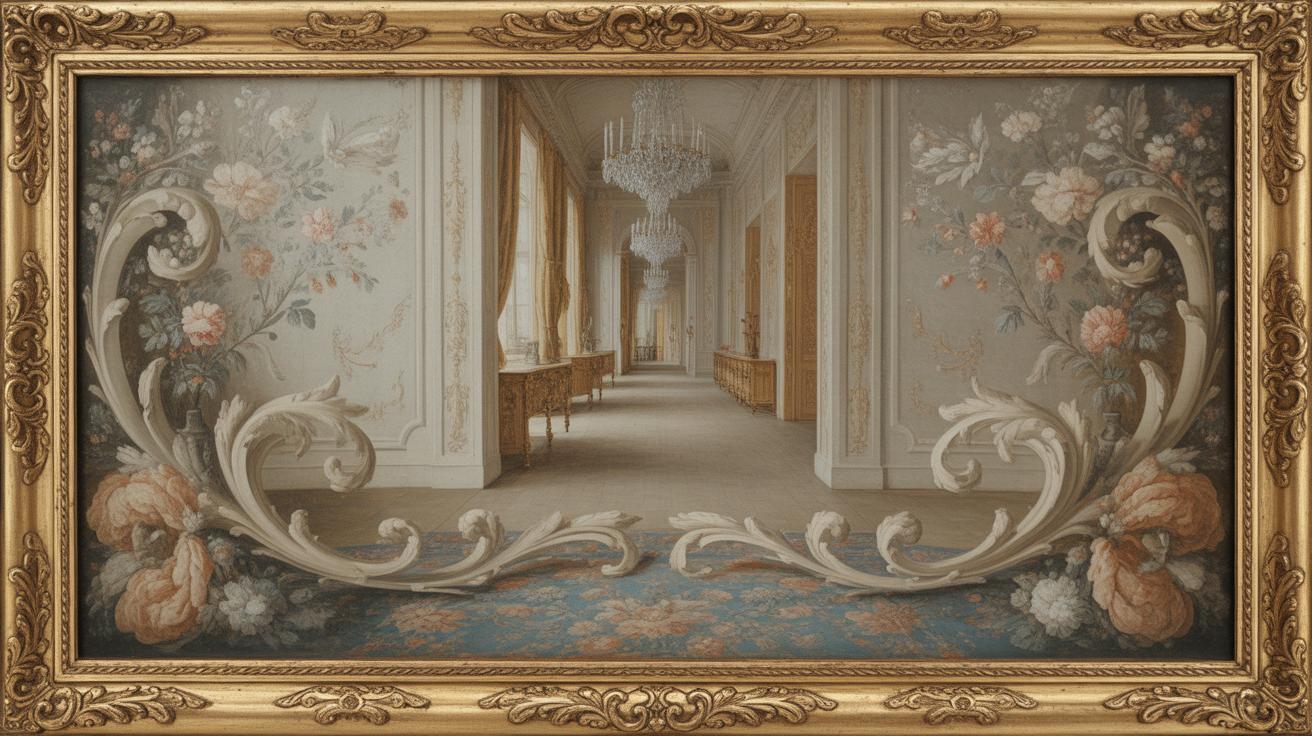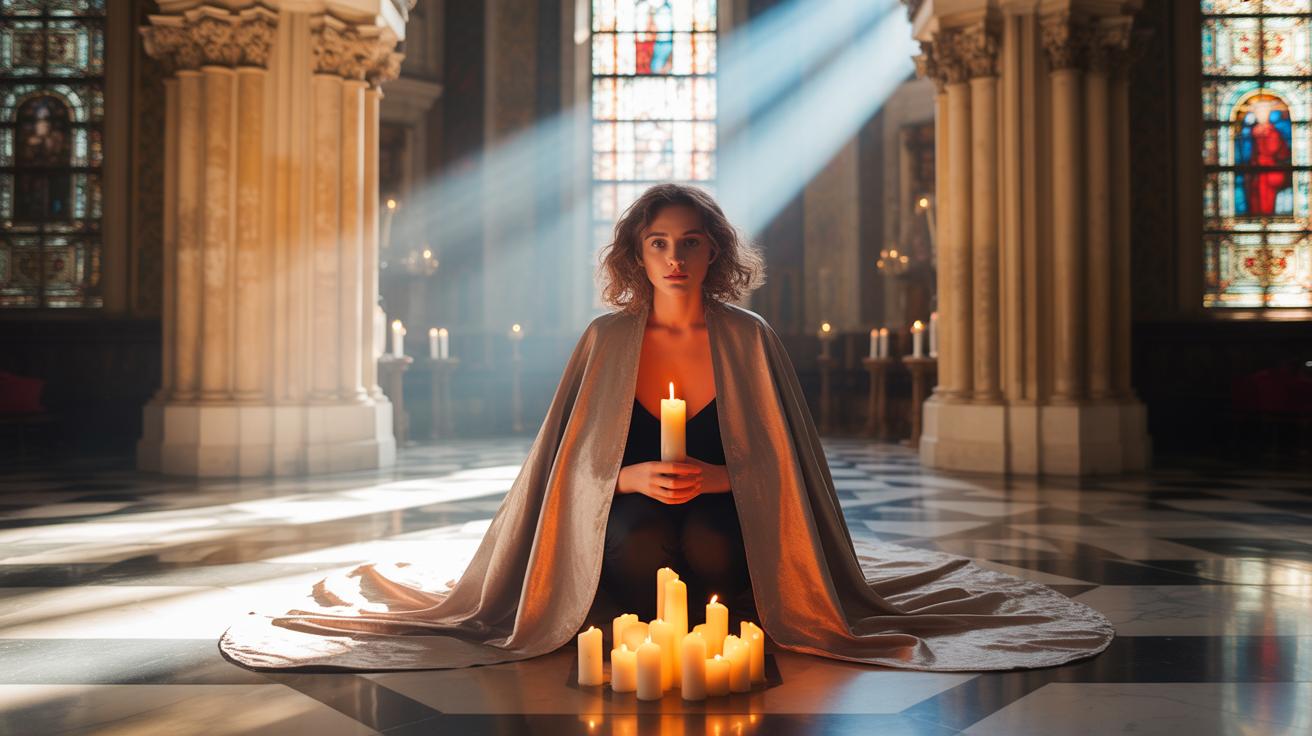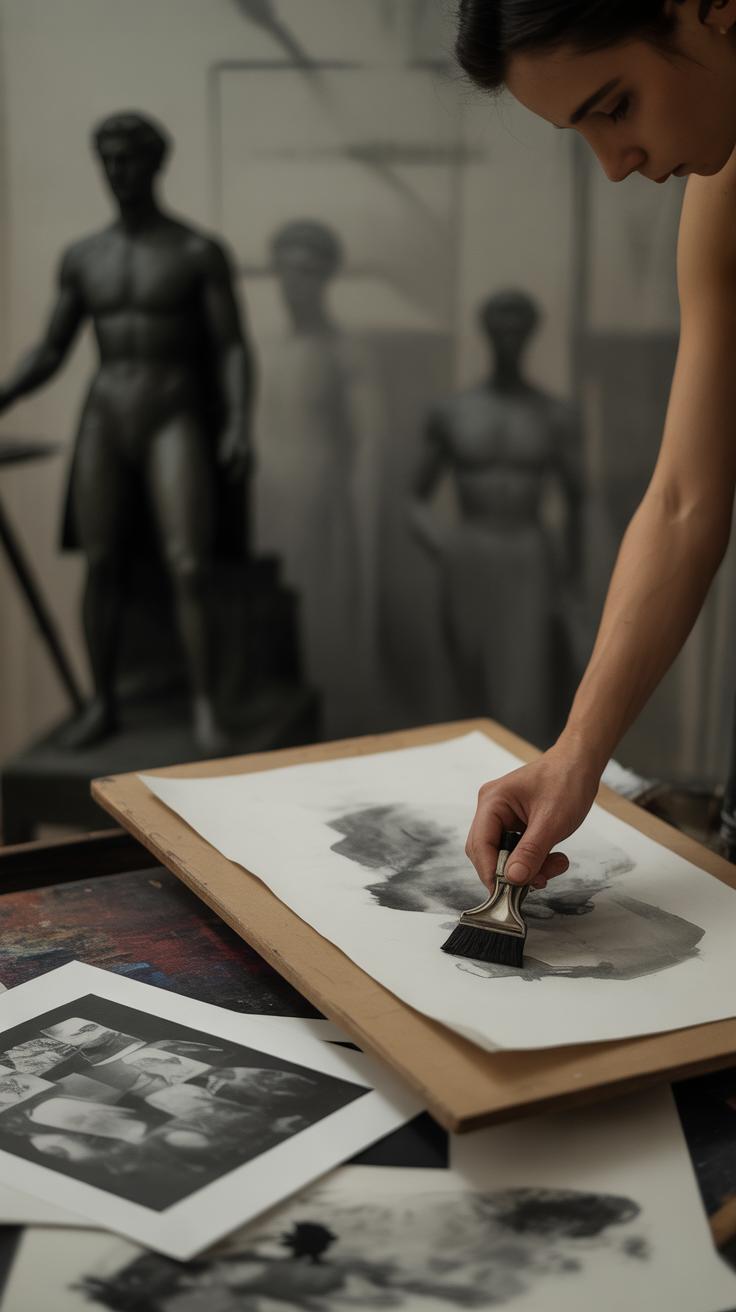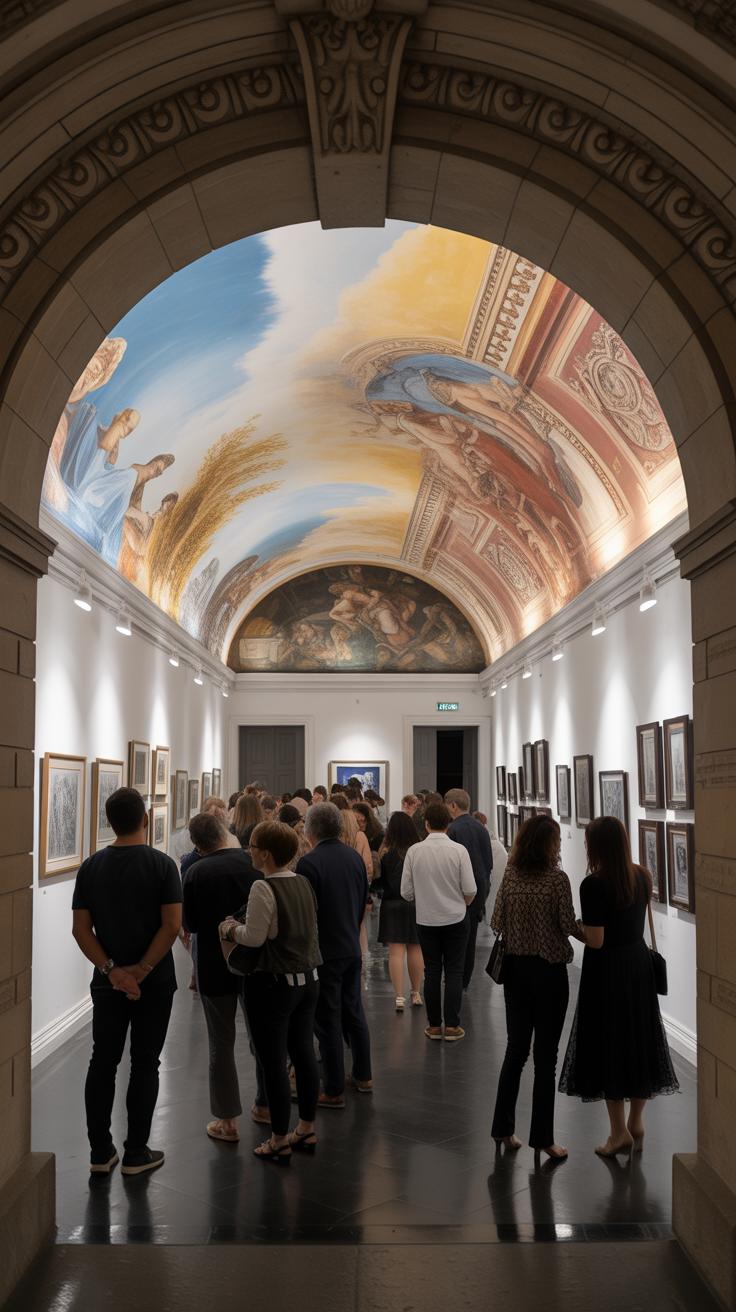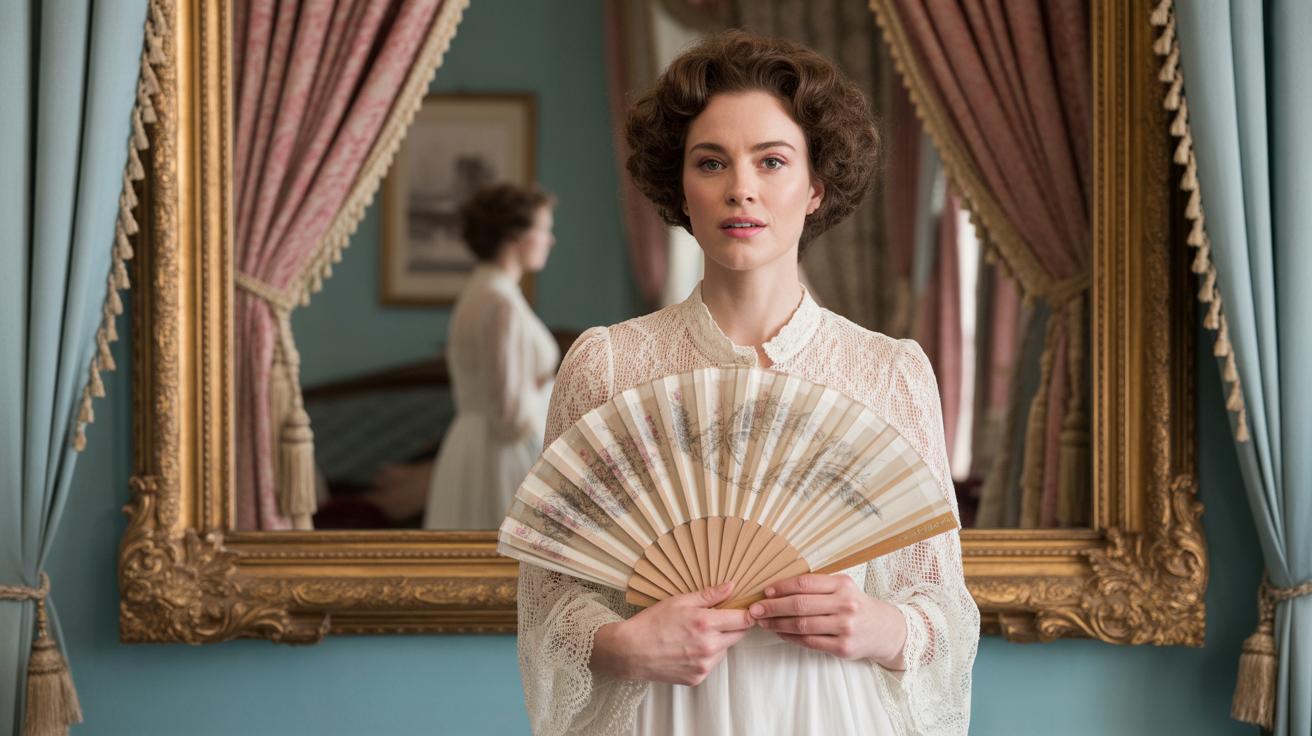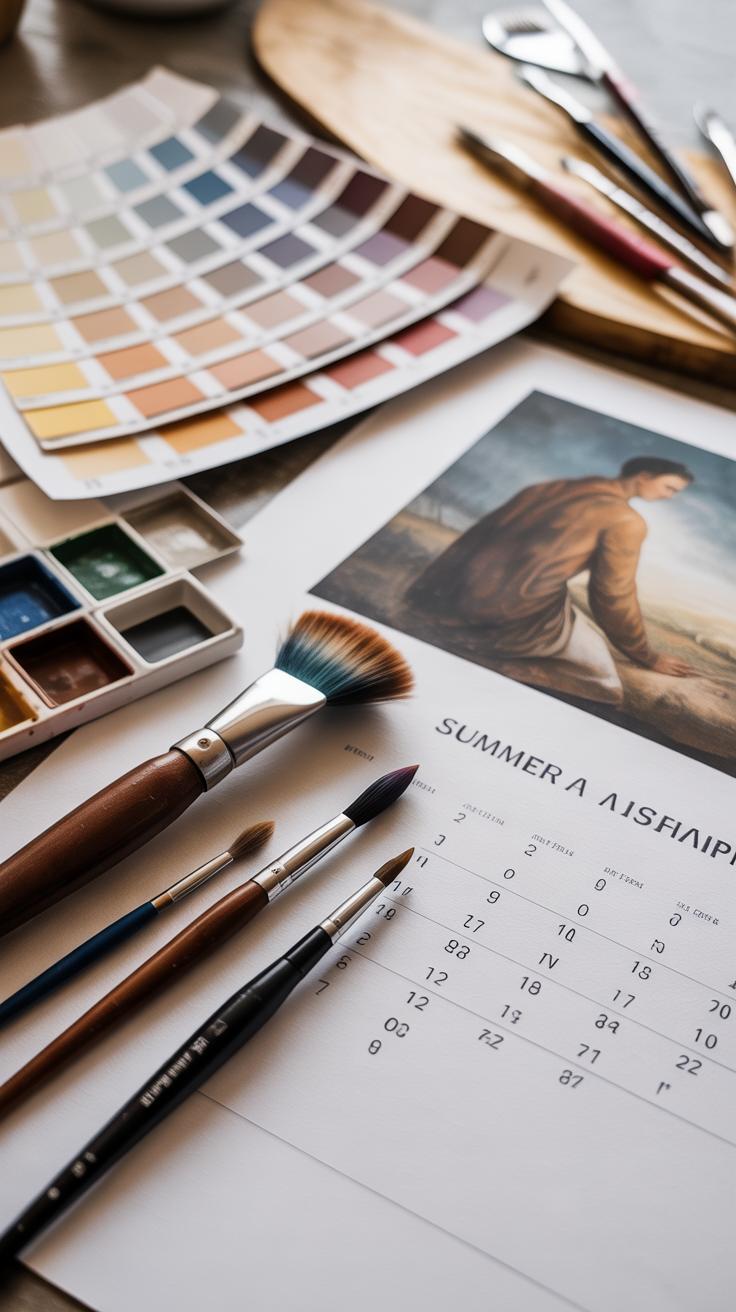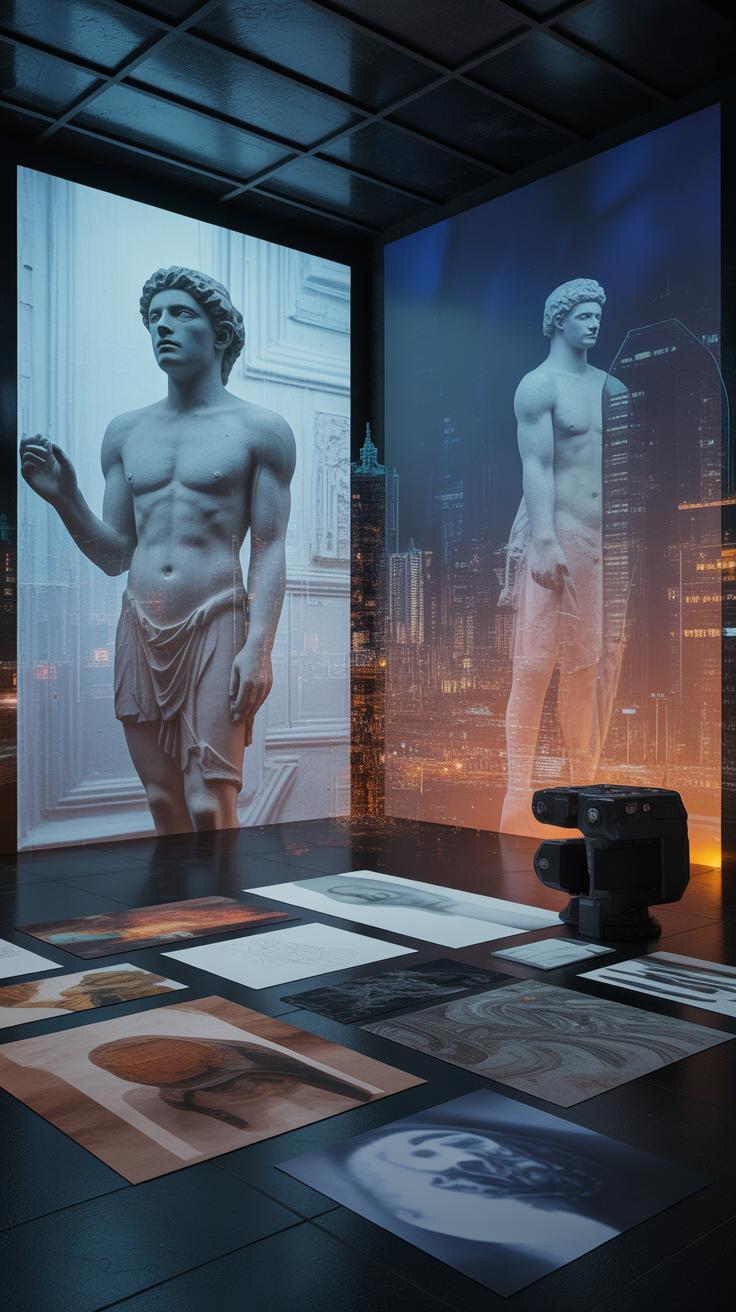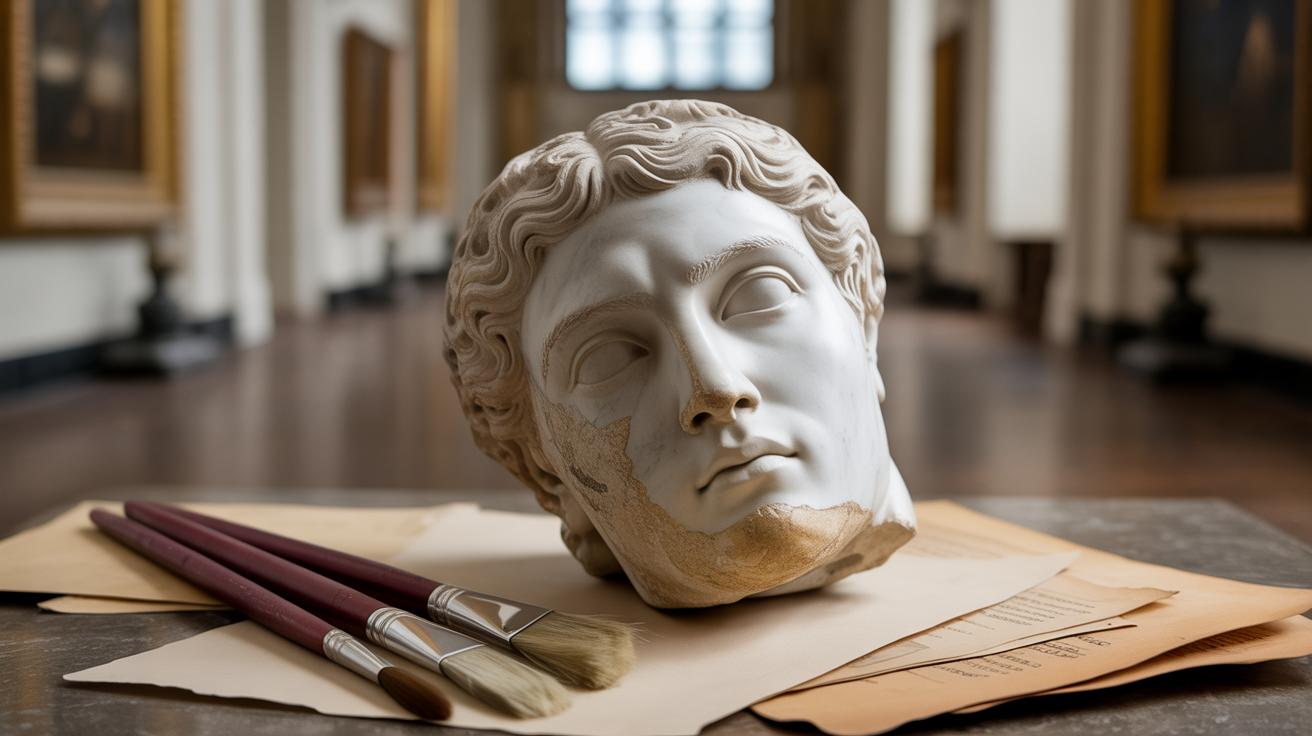
Reviving Ancient Themes Historical Art Inspirations For Modern Artists
Introduction
Historical art offers a rich source of ideas for modern artists. It shows us how people long ago expressed thoughts and feelings through art. By looking at ancient paintings, sculptures, and designs, artists today can find new ways to create.
This article explores the link between old art and new art. It explains how historical themes can inspire your work and help you bring fresh ideas to life. You will learn how to use the lessons of the past to make your art unique and meaningful.
How Artists Get Inspired from History
Artists often turn to historical art as a rich source of ideas. It’s not just about copying old styles, but about reinterpreting familiar themes, symbols, and techniques in new ways. You might notice how some painters borrow the dramatic lighting from Baroque art or how sculptors revisit the idealized forms of ancient Greece, yet twist them to express modern concerns.
Sometimes, it’s a matter of storytelling. Historical scenes or myths offer ready-made narratives that artists can expand or question. A medieval tapestry’s symbolism might inspire a contemporary textile artist to explore identity or community in their own work.
Techniques too matter: the way pigments were mixed in Renaissance paintings, or how ancient pottery was shaped and decorated, can spark curiosity, prompting artists to experiment with texture, color, or form.
In a way, when artists engage with history, they join a long conversation. It’s less about replicating the past, and more about using it to speak to the present. Could you say this back and forth between the old and new can open up unexpected creative paths? Probably, yes.
Historical Inspiration
Artists don’t just look at old art to copy what’s already been done. They often dig deep into the themes and symbols that have carried meaning through centuries. Sometimes it’s a gesture, a color palette, or a specific technique—little things that resonate emotionally or visually. For example, an artist might notice the way Renaissance painters used light to highlight a figure’s inner struggle and then try to capture that same tension in a contemporary portrait.
Often, the stories behind old artworks speak to feelings or conflicts we still wrestle with today. Take mythological scenes or religious imagery—they might seem distant at first, yet they explore ideas like sacrifice, power, or human folly, which remain relevant. Artists pick up on these messages, sometimes reshaping them to reflect modern issues or personal experiences.
Some artists take a more direct route, mimicking styles or combining old methods with new ones. You might see someone mixing Renaissance brushwork with digital effects or blending classical sculpture poses with abstract forms. It’s a way to honor traditions while making something that feels fresh. This can be a delicate balance—too much copying risks becoming stale, but a little unpredictable mix can open surprising doors.
So, how do you find your own connections to history? Maybe by looking at details others overlook or by asking what a century-old painting might say if it were about today’s world. The past is full of cues, waiting to be noticed and reimagined.
Common Ancient Themes in Art
Mythology and Legends
Mythological stories have long captured the imagination of artists. These themes often focus on heroes, gods, and epic tales that represent human struggles, virtues, or fears. For instance, the depiction of Zeus wielding lightning in Greek art wasn’t just about showing power; it conveyed authority and divine intervention.
In Egyptian art, the story of Osiris and Isis appears repeatedly, symbolizing death and rebirth in a way that felt deeply meaningful to those cultures. These legends didn’t just entertain—they served as a framework for understanding the world. When you look at them, you see more than a story. You see cultural values, beliefs, and fears rendered into images.
What’s interesting is how these tales, though ancient, still provoke questions or feelings. Why do some myths resonate across centuries? How can your work tap into those universal themes without feeling outdated?
Life and Nature Scenes
Artists have always drawn from everyday surroundings. Scenes of farming, marketplaces, family gatherings, or natural landscapes have been part of art for thousands of years. Take Roman frescoes, for example, which often portrayed domestic life—food preparation, music, leisure. These images give us insight into how people lived, what they valued.
Nature, too, has been a steady source of inspiration. Ancient Chinese paintings frequently highlight mountains, rivers, and seasons, not just as pretty backdrops but as symbols of harmony and balance.
Using life and nature as subjects can ground your work. It makes it relatable but also invites a closer look at what might otherwise seem mundane. When you paint or sketch daily moments or simple landscapes, you connect to a very old tradition. At the same time, you invite viewers to pause and reflect—what stories hide in the everyday?
Using Symbols from the Past
Symbols in historical art often carried meanings beyond their surface appearance. They worked like a silent language, speaking to viewers across decades or even centuries. When you bring these symbols into your modern art, you tap into that layered communication. It’s not just decoration; it adds depth, invites curiosity, maybe even challenges people to think harder about what they’re seeing.
Consider how animals often symbolize traits—lions for courage, owls for wisdom, snakes with dual meanings like danger or rebirth. Colors tell stories too. Red might stand for passion or violence, while blue could suggest calm, spirituality, or melancholy. Shapes hold weight; circles can imply unity or eternity, squares stability or honesty.
You might recognize these meanings but feel tempted to twist them. That’s actually the fun part. You can borrow an ancient symbol and rearrange its context to fit your own story or message. A snake doesn’t have to mean danger—it could mean healing in a new way for your work. Reinterpreting symbols lets your art connect with history while speaking new truths.
What symbols resonate with you? Could you give them a fresh voice, or even contradict their traditional meanings? Sometimes, playing with these old symbols feels like a conversation across time—sometimes polite, sometimes rebellious. That tension alone makes art more interesting.
Learning Techniques from Historical Artists
When looking at historical art, you’ll notice artists developed specific techniques that shaped how we see and create images today. Fresco, for example, involves painting on wet plaster, which forces the artist to work quickly but results in durable, luminous colors. Modern artists can experiment with this by using watered-down paints on textured surfaces, mimicking the spontaneity and permanence of fresco.
Tempera, made by mixing pigments with egg yolk, was common before oil painting took over. It dries fast and requires layering thin strokes—a method that can bring a certain delicacy and precision to contemporary work, especially in detailed illustrations or mixed media projects.
Then there’s perspective, which changed everything about representation. Renaissance artists formalized linear perspective to create depth on flat surfaces. Trying to apply this technique today might feel a bit technical at first, but even a rough grasp can enhance how you compose space, directing the viewer’s eye more confidently.
On the sculpting side, early methods were surprisingly straightforward but effective. Carving from stone or wood often began with simple shapes and rough cuts, gradually refining details. This process teaches patience and an appreciation for subtractive techniques, something many modern sculptors revisit, especially when working with traditional materials.
Clay modeling, too, was a staple. Pinching, coiling, and slab-building are basic but versatile methods that remain relevant. You might find that these tactile approaches reconnect you with the physicality of the material in ways digital sculpting can’t replicate.
So, could revisiting these techniques bring something fresh to your practice? Perhaps they offer not only tools but also a mindset—one that values craftsmanship, deliberate pace, and material interaction. Maybe mixing old methods with new ideas is where contemporary art finds unexpected strength. Have you tried layering tempera over digital prints, or sketching with the precision demanded by perspective rules? It’s worth giving these old tried-and-true methods a shot—they might surprise you.
Challenges of Reviving Ancient Themes
Balancing Old and New
Mixing historical themes with contemporary styles is tricky. You might find yourself stuck between honoring ancient symbols and creating something fresh. If you lean too much on old forms, your work risks feeling like mere imitation. But push too far into modernity, and you lose the essence of what made the historical theme compelling in the first place.
For example, an artist inspired by Renaissance portraiture might struggle to avoid copying the classical poses without sounding outdated. Yet, if they stray too far into abstract expressionism, the historical reference could vanish completely. Finding that middle ground calls for careful choices in technique, color, and composition. It’s a delicate negotiation, which invites you to ask: How much history can you bend before it breaks?
Cultural Respect and Understanding
Working with ancient themes also means facing the weight of their original context. Cultures behind historic artworks often had meanings tied to beliefs, rituals, or social rules. It’s easy—too easy, maybe—to reduce those rich backgrounds into mere aesthetics.
If you approach these works without proper research or sensitivity, your art risks coming off as shallow or even disrespectful. I remember reading about a contemporary artist whose use of indigenous symbols stirred controversy because they ignored the cultural significance. So, respecting the culture doesn’t just mean avoiding offense; it means engaging with the material thoughtfully, recognizing its origins and complexities.
This means asking yourself: Am I adding to the story, or just borrowing? Can you appreciate the full context behind the ancient art you reference? Such questions are crucial because cultural respect isn’t just ethical—it also deepens the resonance of your work.
Modern Artists Inspired by History
Some well-known modern artists have looked back to history for inspiration, but not in a straightforward way. Take Pablo Picasso, for instance. He borrowed from African masks and classical sculpture, blending those influences into Cubism. It wasn’t a simple copy; rather, it was a fresh transformation of old ideas. Then there’s Kehinde Wiley, who reimagines historic portraits by inserting contemporary Black figures, bringing history into a modern context that challenges traditional narratives.
The way these artists draw from the past is rarely literal. You might wonder why that matters. Maybe it makes their work feel rooted in shared stories, yet open to new meanings. Of course, this isn’t always easy to pull off.
Artists Using Myth and History
Mythology and historical events offer rich storylines for artists willing to dig in. For example, Anselm Kiefer often references German history and myth to work through memory and trauma. His pieces are layered with symbols, textures, even materials like straw or ash that evoke a sense of time passing.
Another interesting case is Marina Abramović, whose performances sometimes draw on ancient rituals, mixing personal history with archetypal themes. You might ask, why revisit myths at all? Maybe because they tap into something persistent in human culture. Yet, some artists wrestle with whether to present myths as fixed stories or to reshape them entirely.
Mixing Historical and Modern Techniques
Some artists combine old-school craftsmanship with new tech, bridging past and present in surprising ways. Take Shepard Fairey. He mixes classical propaganda poster styles with modern digital printing methods. The result feels familiar but also strikingly current.
Others, like Julie Mehretu, layer hand-drawn architectural elements from historical cities with computer-generated patterns. It creates a dialogue between meticulous manual work and sleek digital design. Still, it’s unclear sometimes whether technology enhances or overshadows tradition. You might find yourself wondering which balance feels right for your own work.
Exploring how history meets modernity often leaves room for trial and error, which is, I suppose, part of the process. What catches your attention when old and new collide?
Practical Tips for Using Historical Art in Your Work
If you want to bring historical themes into your art, start by really looking at the originals. Don’t rush through—take time to examine details that catch your eye, like how light falls on a figure or the choices behind a color palette. Keep a sketchbook or notes handy to jot down anything that intrigues you, even small things like a brushstroke style or pattern.
Try to understand the context too, though don’t get stuck in research paralysis. Knowing a bit about the era or artist’s intent can open up new ways to approach your work. But remember, your goal isn’t to copy but to interpret, so you can pick and choose what feels right.
Next, experiment. Play around with mixing historical motifs with your own style. Maybe adapt a medieval pattern into something abstract or reimagine a Renaissance pose with modern colors. Don’t hesitate to break rules here—sometimes a little imperfection breathes life into a piece.
Have you ever noticed how certain textures or shapes from old art suddenly fit perfectly into a modern composition? That’s the kind of accidental discovery worth chasing. And if something doesn’t work—okay, move on. Use those “failures” as stepping stones rather than roadblocks. Your personal style will emerge clearer when you allow yourself that freedom.
The Future of Historical Art Inspiration
New Technologies Meet Old Traditions
Digital tools are changing how artists engage with history. Virtual reality, 3D modeling, and digital painting allow for fresh explorations of old themes. Imagine reconstructing a lost fresco or experimenting with ancient patterns in new, interactive ways. These technologies don’t erase tradition; they open doors to reinterpret it. Sometimes, it feels like a contradiction—mixing the cold precision of software with the warmth of age-old stories. Yet, that tension can spark creativity.
For example, some artists use augmented reality to layer historical context onto physical spaces, inviting viewers to discover hidden narratives. This approach helps bring history closer, making it tangible and personal instead of distant and abstract.
Keeping History Alive Through Art
Artists play a crucial role in renewing interest in ancient cultures. When you recreate or adapt historical motifs, you keep those stories living. It’s not just about replication but about dialogue with the past. Sometimes, this means challenging how history is remembered or inviting new perspectives that were overlooked.
There’s something powerful in art’s ability to connect us with ancestors’ experiences. A piece inspired by, say, Mayan glyphs or Renaissance portraits can provoke curiosity and respect for that culture. So, by engaging with history, artists become custodians of memory, even if unintentionally.
Could your next work be the one that draws someone into exploring a vanished world? It’s a small but meaningful way art shapes the future, by carrying history forward.
Conclusions
Historical art teaches us many valuable lessons about creativity and expression. By looking at how artists in the past used themes and symbols, you can find ideas that fit your style today. Using ancient inspirations helps keep old stories alive and makes your work stand out.
As you create, think about the history behind the images and styles you choose. This connection to the past can deepen your art and attract people who appreciate meaning. Remember, the old and the new together can create art that speaks to many generations.
